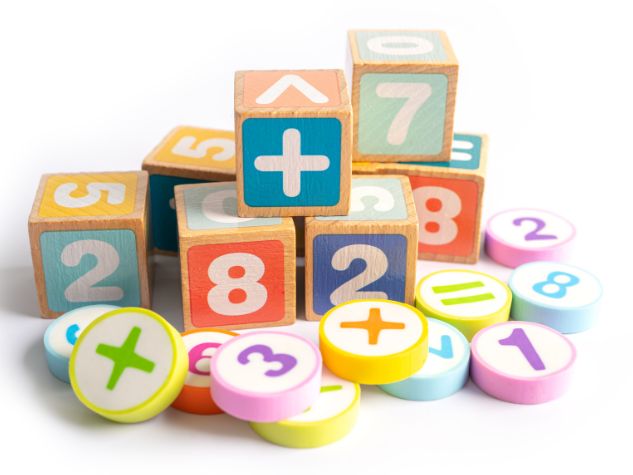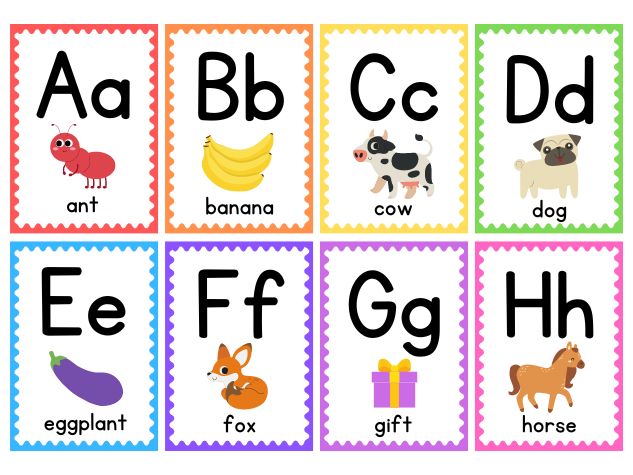Teaching mathematical skills to children with Down syndrome between the ages of 7 to 10 can be a challenge, but it is also an opportunity to foster cognitive development and logical thinking. By adapting teaching methods and using inclusive approaches, we can facilitate the learning of mathematics and promote academic success for these children. Below are some strategies and examples of exercises that can be helpful in this process.
- Personalized Learning: Every child is unique, and tailoring the teaching approach to individual skills and needs is essential. Before starting, it is crucial to understand the child’s current level of mathematical skills. This can be done through informal assessments and observations in the educational environment.
Example Exercise:
- Use manipulative materials, such as blocks or cards, to teach basic counting concepts.
- Design activities that involve the child’s specific interests, such as using favorite toys to practice addition and subtraction.
- Use of Images and Visual Support: Children with Down syndrome are often visual learners, so incorporating images and visual support can be beneficial for facilitating the understanding of mathematical concepts.
Example Exercise:
- Create visual cards with representative images of mathematical concepts, such as numbers, operations, and number sequences.
- Use simple charts and diagrams to illustrate mathematical problems and solutions.
- Interactive Games: Games are an excellent way to make learning fun and engaging. Incorporate interactive games that help develop mathematical skills in a playful manner.
Example Exercise:
- Board games involving counting, adding, or subtracting, promoting social interaction and simultaneous learning.
- Educational apps offering interactive and personalized mathematical activities.
- Positive Reinforcement: Positive reinforcement is key to motivating children to actively participate in mathematical activities. Celebrating achievements and efforts reinforces a positive connection with mathematics.
Example Exercise:
- Establish a system of small rewards when the child successfully completes a mathematical task.
- Involve parents and caregivers in the positive reinforcement process, recognizing achievements both at home and at school.
- Integration of Everyday Life: Relating mathematical skills to everyday situations helps children understand the utility and relevance of mathematics in their environment.
Example Exercise:
- Incorporate exercises involving measuring ingredients while cooking, counting objects in the house, or calculating change when shopping.
- Use everyday situations to teach mathematical concepts, such as reading clocks to understand time.
In conclusion, teaching mathematical skills to children with Down syndrome aged 7 to 10 requires patience, creativity, and adaptability. By personalizing learning, using visual supports, incorporating interactive games, applying positive reinforcement, and relating mathematics to daily life, we can contribute to the academic and personal development of these children, providing them with the necessary tools to face mathematical challenges with confidence.


















